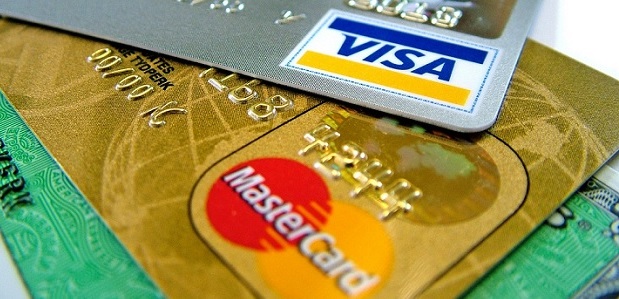
The number of cards in Europe grew by 2% in 2016 to reach 1.5 billion at the end of the year, according to RBR’s new report, Payment Cards Issuing and Acquiring Europe 2018. Western Europe accounts for two thirds of this total, and central and eastern Europe (CEE) the rest. The two regions saw similar growth in 2016; for CEE this was faster than in 2015, while it slowed in western Europe. CEE features a number of markets which are still developing and where a large number of people do not have a payment card. In Western Europe, conversely, most people already have at least one card, and issuers are looking to contactless to keep their card businesses growing.
RBR’s report shows that there were 480 million payment cards in CEE at the end of 2016. There were a large number of new cards in Russia, where there is still a significant number of people who do not have a bank account. However, political and economic difficulties in Ukraine and the withdrawal of nearly all prepaid cards in Kazakhstan put a brake on overall growth in the region.
Western Europe is a mature payments market. New business does not generally come from finding new unbanked customers, but from winning business from competitors or persuading customers to add cards to their wallet. RBR’s research shows that the total number of cards in the region increased to 1.0 billion at the end of 2016. With the exception of Denmark, France and the Netherlands, every western European market grew in 2016. In the Netherlands and France, specific reasons explain the decline; in the former, banks have been closing inactive accounts, whilst in the latter, the once dominant private label cards sector is under pressure, and contracted. Greece was a surprise as the region’s fastest-growing market, as a limit on the value of cash cardholders can withdraw from ATMs has boosted the debit card sector.
Contactless the “must-have” feature for European issuers
As markets across the region continue to mature, issuers need to look for different strategies to ensure their cards businesses keep growing. RBR’s Daniel Dawson commented: “The most obvious way for issuers to continue developing their cards businesses is contactless. Contactless is low cost for issuers and acquirers to implement, reduces costs for merchants and is popular with cardholders. While some contactless use replaces existing card transactions, it also displaces some cash transactions driving overall card usage.”
Banking 4.0 – „how was the experience for you”
„So many people are coming here to Bucharest, people that I see and interact on linkedin and now I get the change to meet them in person. It was like being to the Football World Cup but this was the World Cup on linkedin in payments and open banking.”
Many more interesting quotes in the video below: